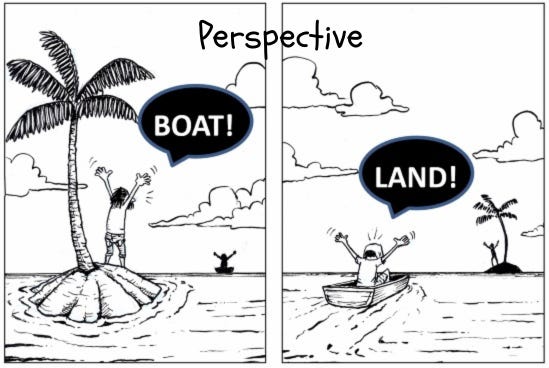How To Determine If You Have The Product-Market Fit - From a16z & Sequoia Capital. | VC Jobs

🌈 Abstract
The article discusses how to determine if a startup has achieved product-market fit (PMF), including both qualitative and quantitative metrics. It also covers practical advice for founders on achieving PMF, as well as news and updates from the startup and venture capital ecosystem.
🙋 Q&A
[01] Deep Dive: How To Determine If You Have The Product-Market Fit?
1. What are the qualitative signs of achieving product-market fit?
- Customers are getting significant value from the product/service
- Word-of-mouth is spreading and usage is growing rapidly
- Press reviews are positive
- The sales cycle is short and most deals close
- Customers are essentially selling the product for the company
2. What are the key quantitative metrics to evaluate product-market fit?
- Returning usage (day 1, 3, 7, 30 retention)
- Net Promoter Score (NPS) above 50
- High customer renewal/retention rates
- Consistent growth of at least 15% in MRR and ARR
- Gaining market share quickly
- Favorable ratio of Customer Lifetime Value (CLV) to Customer Acquisition Cost (CAC)
- Over 40% of users responding "very disappointed" if they could no longer use the product
3. What are some common mistakes founders make in trying to achieve product-market fit?
- Seeking ineffective shortcuts like hiring a lot of engineers or senior executives
- Growing the team above 10 people before achieving PMF
- Succumbing to pressure from VCs to spend more before PMF is established
[02] Quick Dive
1. What is the AI Plateau and why is it happening?
- AI progress often follows an S-curve pattern, with rapid initial growth followed by a plateau
- Current AI models are approaching the limits of current approaches like relying only on public data
- To make the next leap, startups need to access higher-quality, more relevant data sources
2. What is the S.P.A.D.E. framework for making difficult decisions?
- Setting: What, when, and why are we doing this?
- People: Who is responsible, who should consult, and who should approve?
- Alternatives: Create a feasible, diverse, and comprehensive list
- Decide: Collect feedback, get approval, and make the call
- Explain: Call a commitment meeting and broadcast the decision
3. What is the Buyer's Pyramid and how can it be used?
- The Buyer's Pyramid categorizes potential customers into 5 states: Buying/ready to buy, Open to buying, Not thinking about buying, Don't think they'll buy, and Know they won't buy
- This framework allows startups to use different strategies for each customer group and track their progress more effectively
[03] Major News
- SoftBank raised $1.86 billion through bond sales
- LinkedIn co-founder's startup KarmaCheck raised $45 million
- a16z launched a new private equity fund
- Fearless Fund co-founder stepped down
[04] VC Jobs & Internships
The article lists several open venture capital roles, including positions at Scout, Partner, and other levels.
[05] Papermark
Papermark is a free and open-source alternative to Docsend, offering features like branded data rooms, link permissions, and page analytics for both investors and founders.